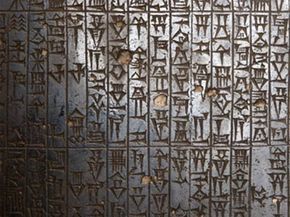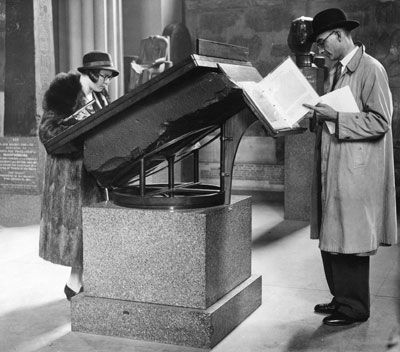Key Takeaways
- The Code of Hammurabi was discovered in 1901, alongside the Rosetta Stone, and sheds light on ancient Babylonian laws and culture.
- It contains nearly 300 laws covering property, commerce, family and criminal matters.
- Known for harsh punishments, the Code of Hammurabi included "an eye for an eye," influencing later legal systems.
When we think of ancient pagan kings, the ideas of justice and fairness probably aren't the first things to come to mind. We moderns may be more likely to imagine fickle, power-hungry despots who were ready to put someone to death on a whim. But King Hammurabi, who ruled a prosperous and thriving Babylonia almost four millennia ago, doesn't quite fit that mold. He claimed to have helped protect the weak from oppression, and scholars believe he fostered an atmosphere of justice and righteousness for his people.
This belief is based on an object that was discovered only a century ago. It has already earned a place alongside the Rosetta Stone as one of the most important artifacts of the ancient world. This stela (stone pillar) bears the inscription of the Code of Hammurabi, and it has shed light on the laws, culture and life in Babylonia.
Advertisement
Unearthed in 1901 by French archaeologist Jean-Vincent Scheil, the stela holds the most well-preserved and comprehensive lists of ancient laws in existence. Today, the basalt monument stands in the Louvre Museum in Paris. It's just more than 7 feet (2.13 meters) tall -- clearly, it was meant for public display when it was first erected in an ancient Babylonian city. It wasn't the only one of its kind, which we learned from both the inscription and fragments of other copies that have been found in sites of other Babylonian cities.
At the top is an engraved depiction of Hammurabi with the god of justice, Shamash. Below that picture are columns of inscription in the Akkadian language. The tablet has 16 columns of text on the front and 28 on the back. Between a prologue and epilogue (in which Hammurabi invokes the gods and discusses the greatness of his justice) lies the meat of the artifact. It enumerates almost 300 laws, all in a conditional if/then format. These laws illuminate the Babylonians' sense of justice, which was surprisingly ahead of its time in some ways.
When Scheil found the stela, excited scholars published numerous books and commentary about it -- as well as dubbed it the "Code of Hammurabi." Historians continue to discuss the code's significance and lingering mysteries to this day. It offers remarkable insights into the history of law, social justice and even the Bible. To understand why, we'll inspect some of the most important aspects of the code.
Advertisement


